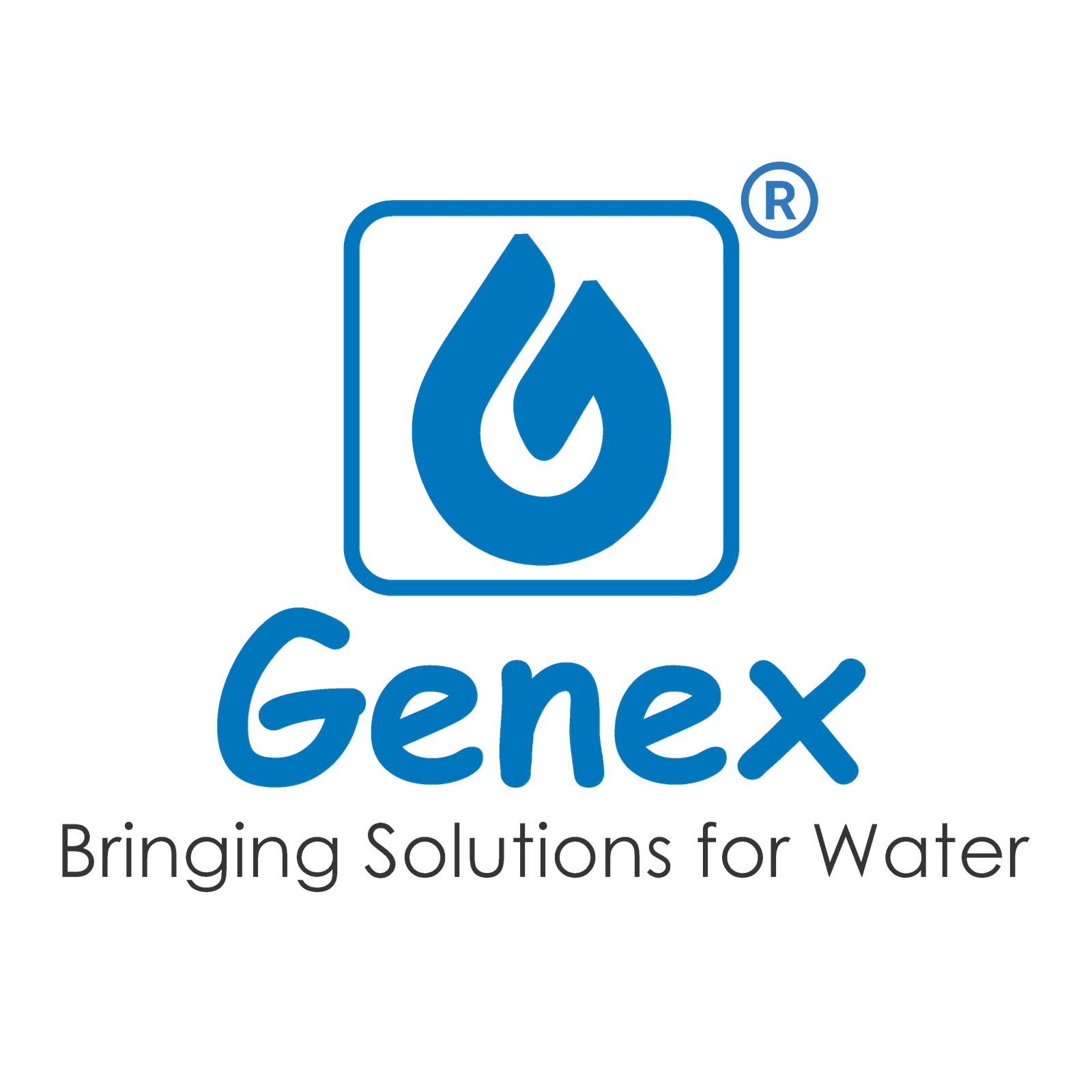A sidestream MBR widely known as cross-flow membrane bio reactor (CFMBR) in which the membrane module is installed outside the aeration tank. The mixed-liquor (liquid-solids mixture) is pumped to the membrane module where it is filtrated by cross-flow filtration through the membrane. The permeate is discharged and the retentate (excess flow) is circulated to the aeration tank. In this configuration, tubular membranes are often used (horizontal or vertical).
In the early development of stream MBRs, both the transmembrane pressure (TMP) and cross-flow velocity were generated by the recirculation pump. However, a few modifications were made to reduce the high-energy consumption associated with the side-stream configuration. Therefore, a suction pump was added to the recirculation pump on the permeate side, which increased operation flexibility and decreased the cross-flow rate and energy consumption.
Side-stream MBRs have the advantages of more robust physical strength and more flexible cross-flow velocity control and hydraulic loading. They are mostly used in industrial wastewater treatment and small-scale wastewater treatment plants, where influent flow rate and composition have larger variation and operational conditions are tough (high-temperature conditions). Furthermore, both MBR systems can be applied as aerobic (in the presence of an aeration system for the module) and anaerobic (in the absence of an aeration system for the module).
The membrane configurations applied are mainly tubular, hollow fiber, and flat sheet (plate) and its materials can be polymeric, metallic, and inorganic (ceramic). Backwashing, high resistivity to corrosion, and fouling control are some of the major characteristics of ceramic membranes. However, they are more expensive than polymeric membranes, such as polyvinylidene fluoride (PVDF), polyethersulfone (PES), polyethylene (PE), and polysulfone (PSF) membranes, which appear to be most widely used in current applications. The pore size of membranes is typically 0.01–0.45 μm.
ADVANTAGES OF MBR
- High quality of treated water
- Small footprint size of the treatment plant
- High rate of BOD and COD reduction
- Reduced sludge production
- Better process reliability
- Flexibility of operation
Suppliers of bioreactors with MBR membranes are:
HOLLOW FIBER
| HYDRANAUTICS® | SUEZ® | MITSUBISHI RAYON® |
| SIEMENS-MEMCOR® | KOCH-PURON® | ASAHI KASEI® |
| LENNTECH BV® | TRIQUA® | TORRAY® |
| COLLOIDE® | MEMSTAR® | ASIA GIANT® |
| MOTIMO® |
FLAT SHEET MEMBRANES
| KUBOTA® | MICRODYN-NADIR® | TORRAY® |
| WEISE® | KUBER® |
TUBULAR
| HYDRANAUTICS® | NORIT® |
SILICON CARBON MEMBRANE
| OVIVO® | CEMBRANE® |
